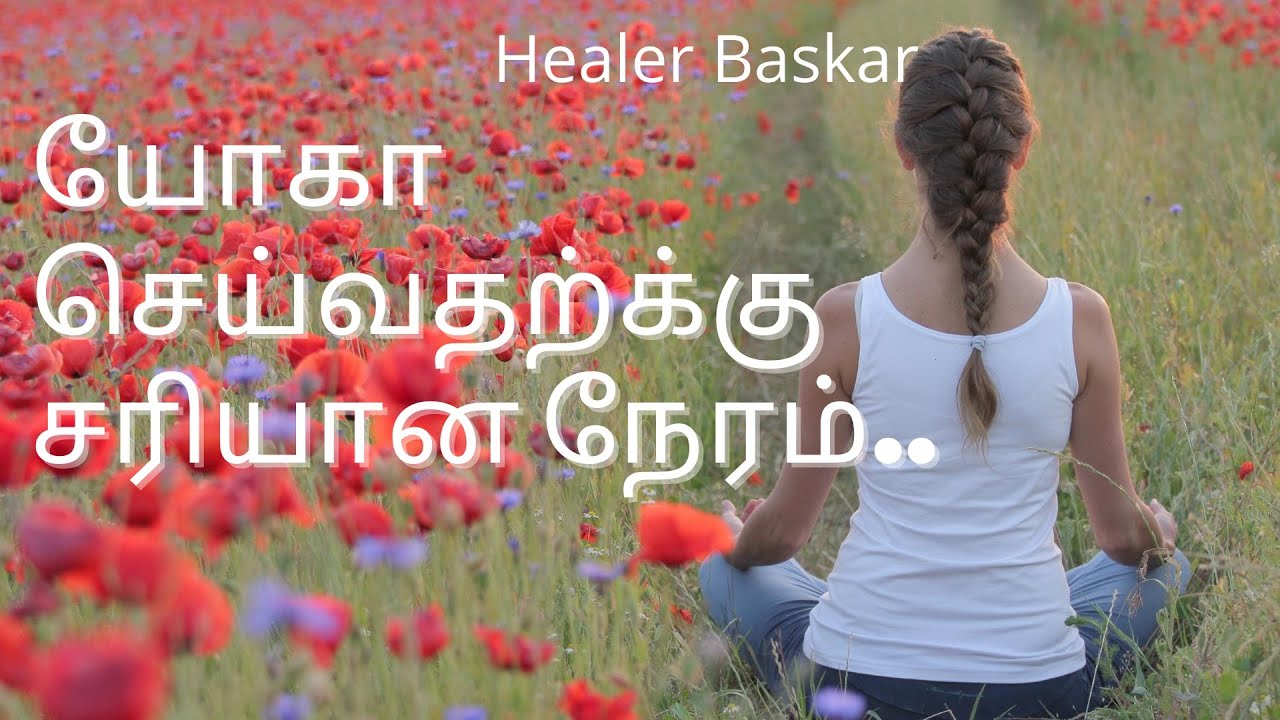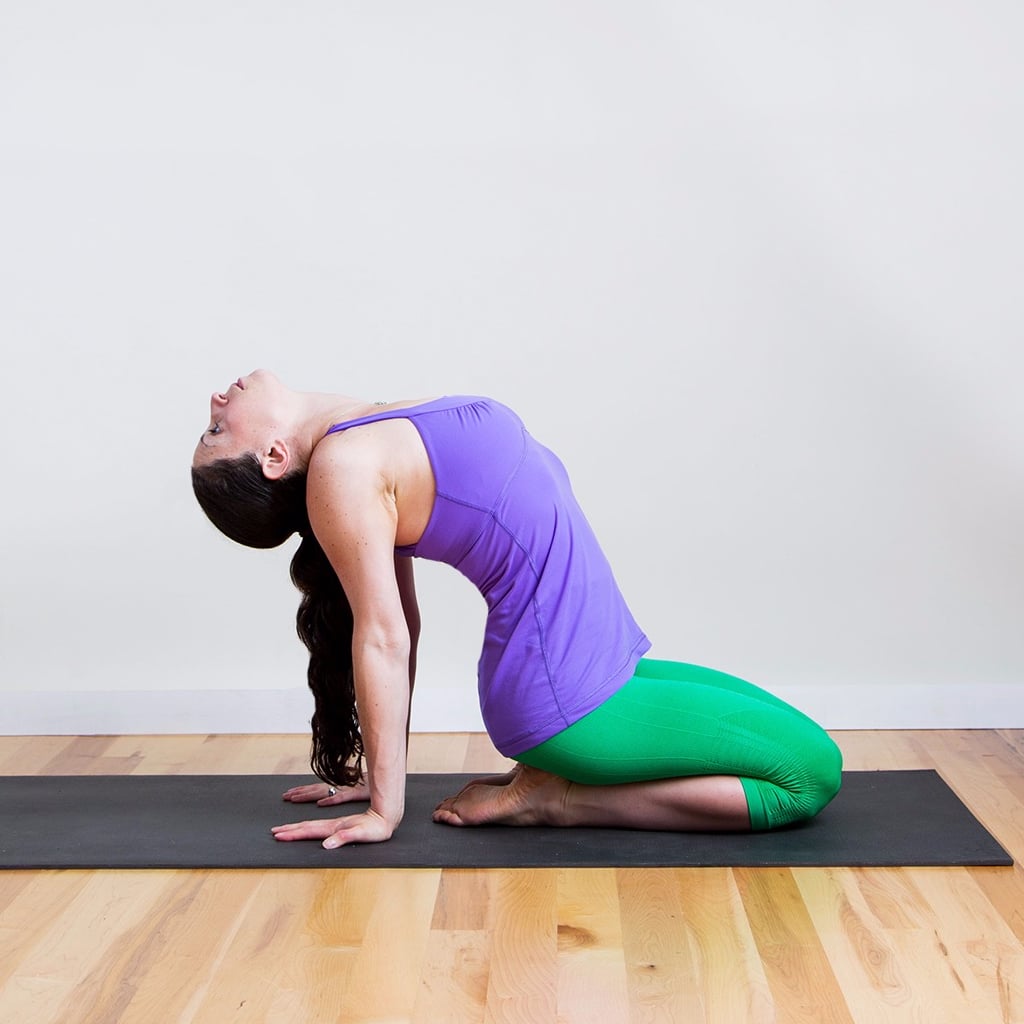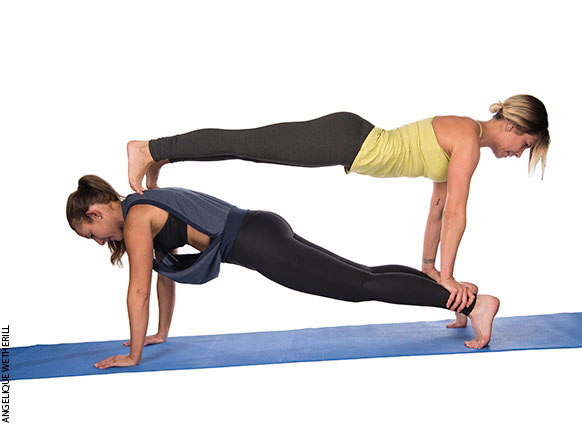
CAM and IM both refer to many forms of alternative or complementary medicine. Learn more about these therapies by visiting the National Center for Complementary and Integrative Health. They also include Alternative and Functional Medicine. They can be used for many ailments. They are not always effective. A professional can help you learn the best way to use one of these methods.
CAM
Complementary and alternate medicine can be defined as a broad term that encompasses a wide range of holistic practices. Although traditional medicine focuses on treating the cause of the disease, complementary or alternative medicine (CAM), treats the entire person. It is often used alongside conventional medical treatments.
CAM is a treatment option that can reduce dependence on pharmaceutical drugs. It also gives the patient more control over their health. Integrative medicine is becoming increasingly popular in the United States, and more people are turning to it to supplement their conventional medical treatments. Although there are many myths surrounding CAM, it is now a viable option.
IM
There is an ongoing battle between traditional and complementary medicine. In the long term, however, this fight may prove beneficial as it allows for more clarity in research to support each practice. Both CAM and IM are considered complementary medicine, and research on each may help to clarify the other's meaning.

The goal of IM is to promote holistic health by combining evidence-based treatments with non-traditional therapies. The concept emphasizes patient involvement in health promotion and disease prevention, as well the importance of the partnership between the patient's healthcare provider and the patient. Integrative medicine also considers the patient as a whole person in diagnosing and treating.
Alternative medicine
The broad term integrative and complementary medicine covers a range of alternative therapies that can be used alongside traditional medical treatments. These alternative therapies are not considered standard treatments, but they can be used to treat certain diseases and conditions. These alternative therapies may include acupuncture or a special diet. They can also be used in combination with conventional medicine for a range of conditions.
There are many differences between alternative and conventional medicine and scientific medicine. The former uses the scientific method to evaluate potential therapies and conduct ethical clinical trials. Contrary, alternative medicine practitioners don't follow the proper research protocols.
Functional medicine
It is a good idea for you to begin researching local practitioners about functional medicine. Before you consult a complementary physician, it's a good idea. If your symptoms persist or are not responding to other treatments, your doctor can refer you for integrative health practitioners.
The goal of integrative medicine is to get to the root of the patient's health problem and address the whole person in order to optimize health and wellbeing. Functional medicine doctors are board certified, meaning they have completed rigorous medical school training and may have received additional specialized training. Dr. Rachel Sugarman who practices functional medical is a board-certified physician in internal medicine, functional and hospice medicine.

Mind-body strategies
Mind-body approaches in complementary and integrative medicines have a proven track record of improving health. These interventions are increasingly being used to treat a range of conditions including anxiety and depressive disorders. These interventions are more accessible and acceptable than traditional forms of mental healthcare. However, utilization rates are not always consistent. Mind-body interventions are more popular among white middle-aged women who are non-Hispanic and of non-Hispanic race. There is substantial evidence that these techniques are also beneficial to those who are poor or have low socioeconomic status.
In recent years, integrative and complementary healthcare has been increasingly popularized through mind-body approaches. More than a third of adults have used such approaches in the past year. These techniques include cognitive therapy, mindfulness-based Stress Reduction and other methods.
FAQ
How does yoga work?
Yoga is based upon alignment, breath control. Meditation and stillness principles. When practiced correctly, it creates a feeling of peace and calms within the practitioner.
The first step in any yoga class is to warm up your body. For example, you might do forwarding and backward bends (bending forward), side bends (bending down), twists, or side bends. These moves loosen tight muscles and prepare you for deeper poses.
Next comes "standing", which is a balancing position. This pose involves standing on your feet with your arms extended at your sides and looking down towards your floor. Your body should feel rooted, centered, and balanced.
The next step is to move into deep stretching positions. To do these poses, lie face-up on a flat surface and lift your legs. Keep your balance and keep you from falling by grasping onto something sturdy. If you don't have anything to grab onto, rest your hands on the ground beside you.
After doing all these poses, you will move into a series of standing poses. These include the warrior pose (mountain pose), mountain pose, downward facing, upward facing, plank pose, last pose, and the warrior pose (warrior pose).
It's important that you take your time and breathe slowly when practicing yoga. Deep breathing is good for your lungs and calms the mind. Focusing on your exhales and inhales can help you do this. Make sure to count every time you take another breath.
You can do yoga wherever you are, even while cooking. You can follow the same steps as above but instead of lying flat on the floor, sit upright.
Yoga can be done in 10 minutes a day, if that is all you have. And remember, no matter how old you are, you can always benefit from yoga.
What are the top types of yoga mats for you?
There are many different types of yoga rugs available. Choose one based on its size, price, and durability.
A high-quality mat will be thick enough for protection, but thin enough to be easily moved.
An inexpensive mat might not be enough to provide sufficient support.
What type of yoga is best for beginners?
Yoga is great to do for anyone of any age and level of fitness. It's a great way for people to stay healthy and fit. People who have tried yoga report feeling healthier both physically and mentally. People who have tried yoga say they feel calmer and happier.
Yoga is not just exercise but a lifestyle that includes breathing exercises, stretching, and meditation.
There are many types of yoga. Some focus more on strength training than others. Others are more focused on relaxation.
The type of yoga that you want depends on your goals. Iyengar yoga is a great option if you are looking to increase flexibility. Or if you want to tone your muscles, go for Ashtanga yoga.
Is yoga safe?
Yes! Yoga is considered to be low risk and is generally safe for everyone. If you have any injuries or medical conditions, consult your doctor before starting a yoga practice.
How long does it take for you to master yoga?
Yoga is a lifelong journey that requires dedication and patience. Truth is, everyone learns things at their own pace.
It doesn't matter how old or young you are. If you're willing to put in the effort and work hard, any yoga routine can be achieved.
How long does a yoga class last?
Yoga classes can last from 45 minutes to 90. Some teachers offer shorter or longer sessions, at different times during the week.
Statistics
- Lock in 25% off your Founding Member rate. (corepoweryoga.com)
- According to calorie estimates calculated at Harvard Medical School, the average 125-pound person burns about 120 calories in a half hour of hatha yoga, and a 185-pound person burns about 178 calories in that half hour. (everydayhealth.com)
- About one in seven U.S. adults practiced yoga in the past 12 months, according to a 2017 national survey. (nccih.nih.gov)
- Start your Fall off right with 20% off All Access Membership when you sign up by 9/25! (corepoweryoga.com)
- A 2020 review of 27 studies (1,805 total participants) of yoga interventions in children or adolescents found reductions in anxiety or depression in 70 percent of the studies, with more promising results for anxiety. (nccih.nih.gov)
External Links
How To
Is yoga a good workout?
Yoga isn't for people who just want to lose weight. Yoga helps you to develop flexibility, balance coordination, strength and calmness.
Yoga is more than just exercise. It's also an art form. The poses can be used to relax or meditate. They allow us to improve our posture and concentration as well as our breathing.
Yoga is a practice of yoga. Yogis follow various forms of yoga, including Hatha, Ashtanga, Iyengar, Vinyasa, Bikram, Kundalini, Yin Yang, and Restorative.
There are many kinds of yoga. However, all share similar goals. Each style focuses on different aspects. You can choose from meditation, pranayama or Hatha yoga.
Some yoga exercises don't require you to have any equipment
-
Sun Salutation – This sequence of 12 poses begins with a forward bend and is followed by 10 more.
-
Warrior Pose - While holding a stick or staff, a warrior pose is done.
-
Triangle Pose-This pose requires you to lift one leg behind you while bending at the knee.
-
Standing Forward Bend - This pose is performed by sitting on the floor with legs straight and then folding forward at the waist.
-
Seated Twist- This pose is performed while sitting on a seat or mat.
-
Cobra Pose - This pose is performed lying flat on your back with arms overhead.
-
Child's Pose: This is a pose where the child lies face down on the ground.
-
Cat/Cow Pose- This is a combination of a cat/cow pose. Place your upper body on the ground and lie down. Next, roll onto your back and place both of your hands under you shoulders.
-
Head Tilt - This pose is done by tilting your head back and keeping your eyes closed.
-
Shoulder stand - This position involves standing straight up with your arms and feet raised above the head.
-
Tree Pose – This pose involves kneeling on your heels with your hands beneath your shoulders.
-
Bow Pose – This is when you bend forward from your hips and place your hands on the ground.
-
Corpse Pose - This pose is held for five minutes.
-
Mountain Pose- You can call this mountain pose because your spine is straight up and you are tall.
-
Legs up the Wall Pose – This pose involves hanging upside down from a wall.
-
Side Angle Pose- To achieve this pose, lean against a wall while putting your right elbow next to it.
-
Plank Position- When you lie on your stomach and extend your left hand and right foot apart, you can achieve this position.
-
Bridge Pose - This pose is obtained by balancing on your elbows and toes.
-
Reverse Table Top Poses - To achieve this pose, lie on your stomach while reaching your arms toward your ceiling.
-
Handstand - This requires strength and balance. This pose requires you to hold on to two walls or a doorframe.
-
Half Moon Pose – Also known as Hero Pose, this pose is also called Hero Pose. It's performed by standing on both your hands and toes.
-
Headstand (or Handstand) - This pose requires excellent balance and strength. You can perform this pose either on a wall or using a doorframe.
-
Forearm Balance – This is a pose where your forearms rest on a tabletop.
-
Spinal Twist – This position is where you lie on your stomach while reaching for your arms.
-
Supported Boundangle Pose – This pose requires balance. For this pose, you will need to find something sturdy like a branch from a tree or an old beam to support you.
-
Wide Leg Forward Fold – This is achieved by extending your legs out and touching your toes.
-
Single Pigeon Pose -- This pose is similar in style to the forward fold with one leg, but it only involves one leg.
-
Extended Puppy Dog Poses-This pose is extremely relaxing. This is done by stretching your legs outwards and bending your knees.
-
Sitting Forward Bend - This position involves sitting cross-legged and stretching the hamstrings.
-
Crow Pose is a difficult pose that can be very rewarding once you have mastered it. It is done by raising your arms above your head and lowering them until they parallel to the floor.